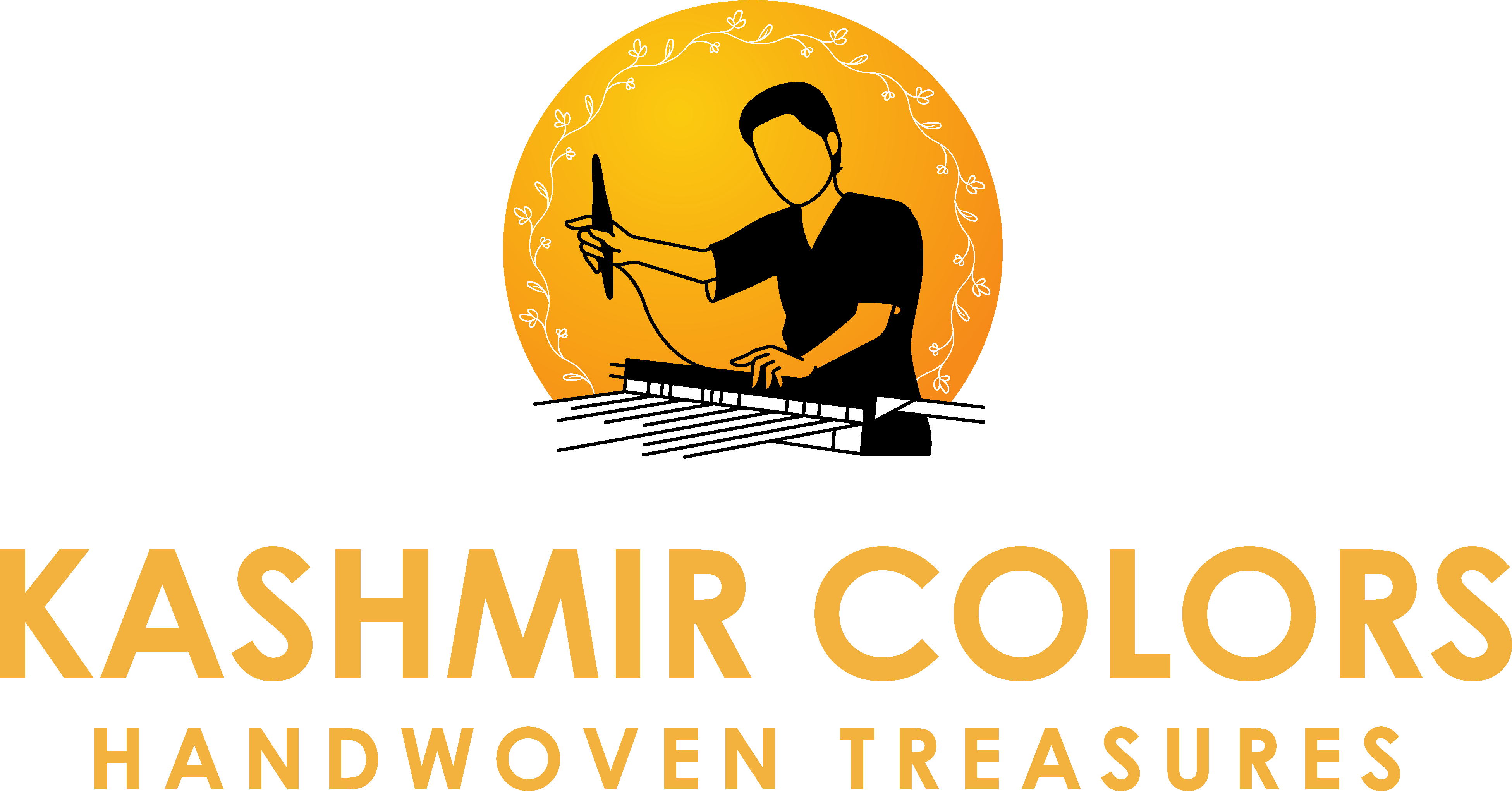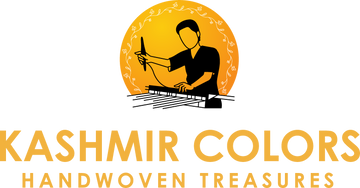The word Cashmere is Synonymous to the word of our land Kashmir.This word believed to be existed when Pashmina Shawls produced in Kashmir were marketed to the west. With all its unique natures like softness, warmth and lightness with Kashmir's inherited skill of hand needle embroidery. It became the product of high vogue in the west especially in Europe. The Paris Journal Des Dames at Des Modes in 1815 writes that the things ladies would have to do to obtain one of these pieces of material. They would invent a thousand reasons why they had to have one. Apparently, it was a fashion for the richest and the middle class needed to look like everyone else. It was perceived to bring good health because of pure natural material & was considered the acceptable proof of true Love. Cashmere Pashmina is obtained from a goat surviving in the upper Himalayas at the temperature which falls as low as -30 degree Celsius at the high altitude of 14500 feet where high speed winds and freezing temperatures exist. Each year the cashmere goats are being combed to obtain a limited amount of fiber. The unique nature of this breed is that it can only produce superior quality of fiber in the lower or minus temperatures, if they are brought down to the plains the fleece becomes dull and losses its quality and fineness. Thus the Himalayan atmosphere is best and suitable for the quality control. Cashmere has a special luster due to its long fibers which are as thin as 12 microns thick and human hair ranges up to 200 microns thickness. Hence when Pashmina Shawl (Made in Kashmir) was exported to the west, it was known as Cashmere. So the word cashmere became a global standard of the fabric produced in Kashmir. Cashmere has been considered an exceptional material for centuries, having been called the "fiber for kings” Clothing made of this special material is not an ordinary, especially if it is handmade from the best fibers. Only a limited amount of fiber is gathered each year. This is the reason for its high price.
What makes a cashmere fabric produced in Kashmir unique and special?
It is the method of its traditional process of Hand making and Needle embroidery which is firmly followed for more than 600 years. Though, weaving of Fabric or Woolens was known to Kashmir prior to the Christian calendar era. In about 125 BC Han Shu, the Chinese traveler does provide us the information regarding the Hand weaving and Embroidery. Han Shu mentions that the inhabitants are skillful at decorative work, weaving woolens and patterned embroidery But With all Credits & Gratitude Pashmina Industry / Kashmir art as an organized industry was founded by Islamic scholar HAZRAT MIR SYED ALI HAMDANI (Peace & Blessings Be upon Him) who introduced Islam to Kashmir valley by putting emphasis on AKL-I-HALAL earning the legitimate source of livelihood. Since then, The Cashmere Pashmina Shawl (Made in Kashmir) have found admirers in history by Royals & Elites all over the world. Even today, Cashmere has kept its reputation as one of the most luxurious fabrics in the world. The traditional process of making Cashmere involves more than nine stages and they are as follows
- Procuring the raw material.
- Dehairing the raw material.
- Spinning the yarn.
- Arranging the warp.
- Arranging heddles & Reed.
- Weaving the fabric.
- Clipping the loose threads.
- Dyeing.
- Washing & Packing.

